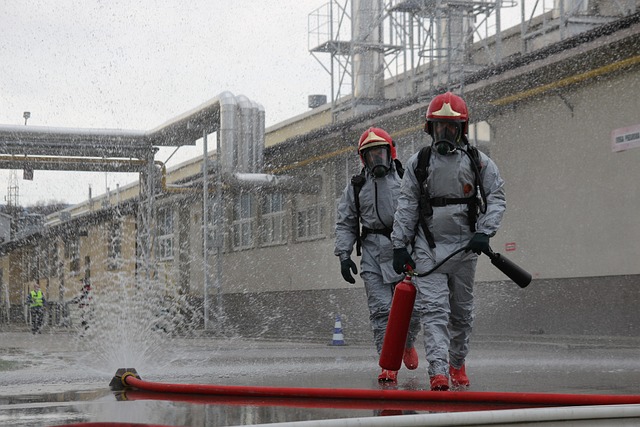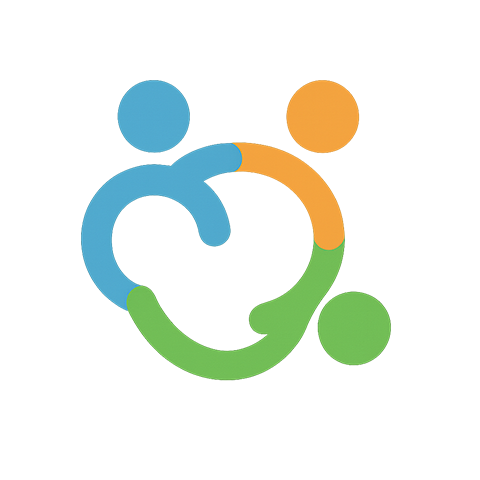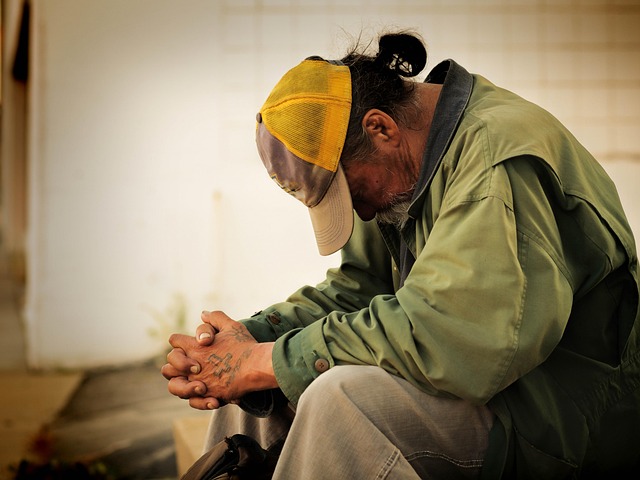
“The Ultimate Guide to Disaster Readiness Support”
The Ultimate Guide to Disaster Readiness Support
In an unpredictable world, ensuring that you and your loved ones are prepared for emergencies is not just wise—it’s essential. Disaster Readiness Support is more than a set of guidelines; it’s a lifeline that empowers individuals and communities to face potential crises with confidence and resilience.
Understanding Disaster Readiness Support
Disaster readiness support refers to the resources, strategies, and plans devised to tackle various emergencies, from natural disasters like hurricanes and earthquakes to public health emergencies. It’s about equipping yourself with the knowledge and tools necessary to respond effectively when disaster strikes. The emotional weight of knowing you are prepared can provide peace of mind, lifting a huge burden during uncertain times.
The Importance of Preparedness
Being prepared isn’t just about having supplies; it’s about fostering a mindset of readiness and response. Consider the questions that arise when a disaster occurs:
- Do I have enough food and water?
- Where will I go if I need to evacuate?
- How will I communicate with family and friends during an emergency?
Disaster empathy plays a vital role here; many of us have been affected by unforeseen events, making the drive for preparedness even more poignant. Beneath every statistic lies a human story, a reminder that preparation can save lives.
Key Components of Disaster Readiness Support
Effective disaster readiness support consists of several critical components:
1. Education and Awareness
Understanding potential risks in your area is the first step. Local government websites and disaster management organizations often provide resources tailored to specific regions. Take the time to learn about the types of emergencies that could affect you and your community.
2. Emergency Kits
Assemble a comprehensive emergency kit that includes non-perishable food, water, medications, first-aid supplies, and essential paperwork. Encourage those in your household to contribute ideas on what might be necessary, fostering a sense of collective responsibility.
3. Communication Plans
Have a detailed communication plan in place. Make sure everyone knows how to reach each other during a crisis, even if normal channels fail. Setting up a designated meeting point can alleviate a lot of stress during chaotic situations.
4. Community Involvement
Joining local disaster preparedness groups can enhance your readiness. These groups often share resources, conduct trainings, and carry out drills that can prepare you and your family for actual emergencies. Being part of a community where everyone is engaged in disaster readiness support creates a stronger safety net for all.
Taking Action Now
Disaster readiness support requires proactive steps to ensure you’re not just ready but also mentally equipped to handle a crisis. Reflect on your current preparedness level and identify areas for improvement. Start small, gather resources, and involve your community for a robust approach.
Remember, the first step in navigating the uncertain waters of disaster preparedness is to take action today. The journey to safety and peace of mind starts here—because every little effort counts, and being ready can make all the difference when it matters most.
Embrace the responsibility of disaster readiness support, and together, let’s build a more resilient future for ourselves and our communities.



